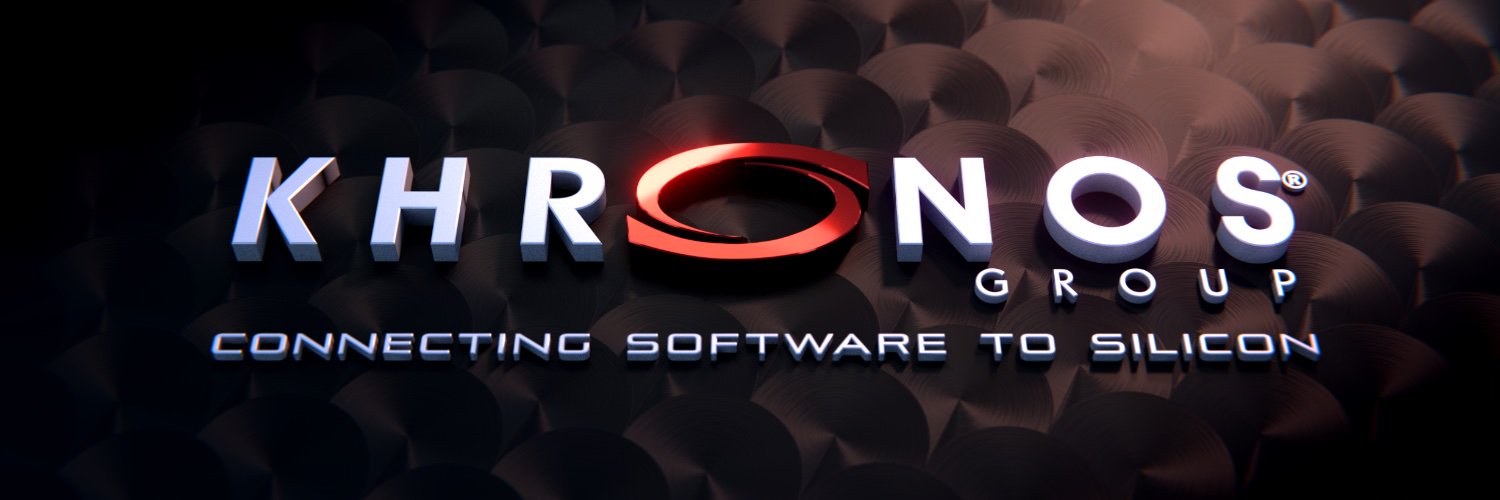
In Augmented Reality, Virtual Reality and Mixed Reality News
July 29, 2020 – The Khronos Group, an open consortium of industry-leading companies creating graphics and compute interoperability standards, has announced that multiple conformant implementations of OpenXR are now shipping from Oculus and Microsoft, leveraging the newly opened OpenXR 1.0 Adopters Program and open source conformance tests. In layman’s terms, this means that both companies are now offering hardware and software solutions that conform to the OpenXR standard.
OpenXR is a royalty-free, open standard that provides direct access into augmented reality (AR) and virtual reality (VR) runtimes (software/instructions that are executed while a program is running) across a range of platforms and devices. Again, in layman’s terms, and explained by Brent E. Insko, Lead XR Architect at Intel and OpenXR Working Group Chair: “OpenXR seeks to simplify AR/VR software development, enabling applications to reach a wider array of hardware platforms without having to port or re-write their code and subsequently allowing platform vendors supporting OpenXR access to more applications.”
The Khronos Group added that The OpenXR Adopter’s Program helps to enable consistent cross-vendor testing and reliable operation of OpenXR across multiple platforms and devices with OpenXR-conformant products published on the Khronos Conformant Product Registry.
So, now Khronos members Microsoft and Facebook each have multiple conformant OpenXR-enabled devices showcasing how OpenXR enables portability across different platforms. PC-enabled virtual reality devices include Microsoft’s Windows Mixed Reality and Oculus Rift headsets, enabling these HMDs, and any future OpenXR-compatible devices, to run the same application executable (app or program) on Windows. In addition, Microsoft has released an OpenXR-conformant runtime for its HoloLens 2 mixed reality device, and Facebook has shipped a conformant runtime for the Android-based Oculus Quest, demonstrating OpenXR’s flexibility to enable portable VR and AR applications across standalone and tethered XR devices that use different underlying operating systems.
In addition, Valve has released a developer preview implementation of OpenXR 1.0 with new features on SteamVR expected to now appear through OpenXR, rather than OpenVR APIs. Similarly, Varjo’s developer preview implementation of OpenXR enables the use of OpenXR applications with Varjo headsets. The Monado open source XR runtime founded by Collabora is also growing in compatibility and capability and is approaching conformance with OpenXR 1.0.
In parallel with finalizing the OpenXR 1.0 conformance tests, the OpenXR Working Group has also announced two OpenXR cross-vendor extensions for eye and hand tracking. These new extensions expand the range of advanced UI techniques that can be portably deployed through the cross-platform, cross-vendor API.
OpenXR enables XR games and applications to target the widest range of hardware with maximum performance. Along with the announcement from the Khronos Group, Microsoft has announced that Minecraft’s new RenderDragon rendering engine is building its desktop VR support using OpenXR. Adding to OpenXR ecosystem momentum, other open source projects have also incorporated OpenXR, including 3D creation suite, Blender 2.83, which has integrated OpenXR to deliver native VR scene inspection capabilities. Google also recently released Chromium 81 with OpenXR as its default backend for WebXR, enabling Google Chrome and Microsoft Edge browsers to use any OpenXR-compatible hardware. Finally, Microsoft has released its OpenXR Samples for Mixed Reality Developers as open source, demonstrating how to use OpenXR to access the full capabilities of HoloLens 2. Firefox Reality also supports OpenXR browser for the HoloLens 2 platform.
The OpenXR 1.0 Conformance Test Suite has been published as open source under the Apache 2.0 license on GitHub for continued public development and for use by any company as they implement the OpenXR API on their platform. Any implementers, whether or not a Khronos member, are welcome to become an OpenXR Adopter and submit conformance test results for working group review and approval in order to use the OpenXR trademark and gain patent protection under the Khronos Intellectual Property Framework.
Image credit: The Khronos Group / Twitter
About the author
Sam is the Founder and Managing Editor of Auganix. With a background in research and report writing, he has been covering XR industry news for the past seven years.
